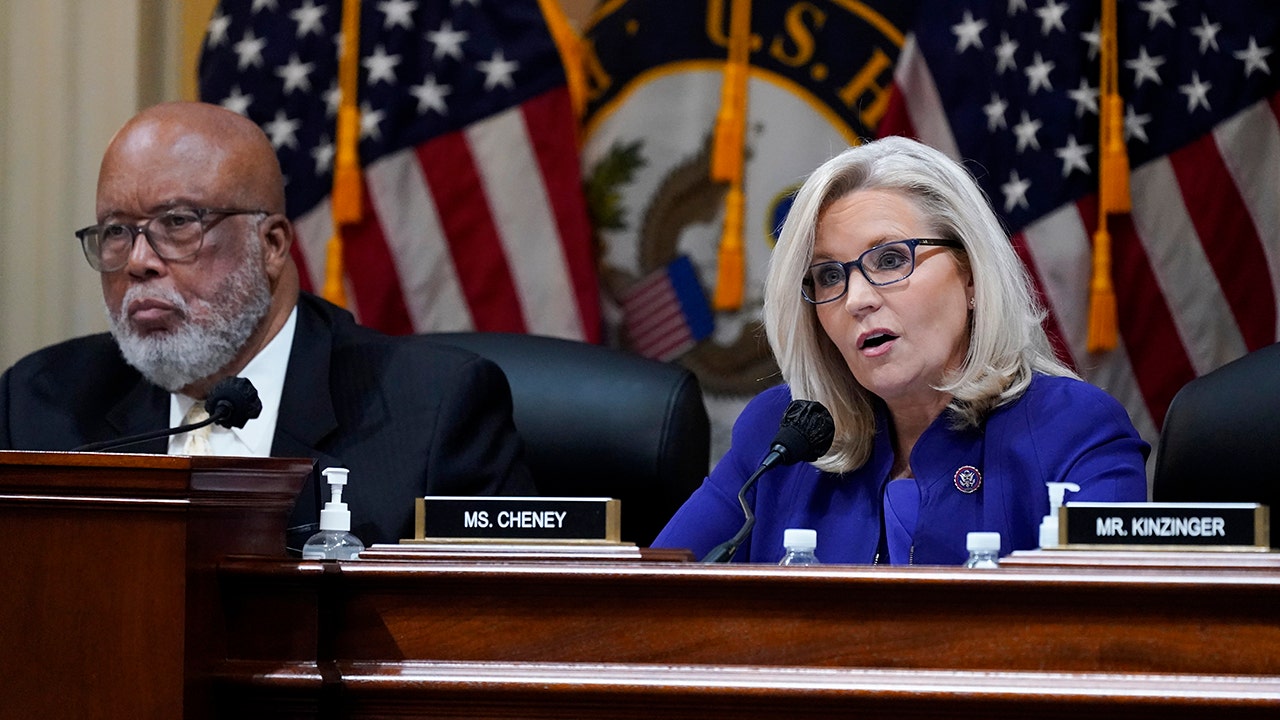They’re not cat-walking the walk.
Despite calls in recent years for plus-size inclusion on runways, a recent slew of fashion weeks around the globe revealed a notable backing away from the recent industry trend toward body positivity — with insiders are decrying the move as “disheartening.”
The shift comes as trendy weight loss drugs like Ozempic are bringing skinny chic back, some say — with designers even controversially referencing the phenomenon in their shows this year.
A new report published by Vogue Business found that less than 1% of the 8,763 looks shown at 208 presentations between New York, London, Milan and Paris this season were worn by plus-size models, which is a US size 14 or larger.
Meanwhile, 4.3% were mid-size, a US size 6-12, and nearly 95% were straight-size, a US size 0-4.
The findings mirrored last year’s, per the report, but insiders like Dazed fashion features director Emma Davidson found 2024 to be the “worst season” for representation “in a long time.”
“It has felt like brands were turning their back on inclusive casting for a while, but this season, I sat in my seat a few times at shows where bigger models had previously been present, and it was so disheartening to see no representation — this season feels like the nail in the coffin,” she told the outlet.
The looks from cult-followed “it” brands like Coperni and Miu Miu sat at 0% for plus-size runway looks, while Ester Manas and Rick Owns landed first and second place, respectively, for plus-size runway representation in Paris. Meanwhile, Milan was the least size inclusive and London was the most.
In New York, only four of the top 10 brands included any plus-size models at all, which Vogue reported is less than last season.
Some fashionistas aren’t even trying to hide their affection for the toothpick look — on TikTok, footage of a Balmain model from this season is captioned, “the skinniest model ever,” and viewers praised her looks for being “unreal,” “perfection” and “aspirational,” calling her a “real model.”
“It feels like we’ve taken 10 steps backwards,” Anna Shillinglaw, founder of the modelling agency Milk Management, told The Guardian.
“I now feel that some of the higher-end designers looked at curvier women more as a fad in fashion rather than something that is real life,” she mused.
Casting director Emma Matell also told the outlet that she has witnessed “unwell” models arrive at shows “exhausted, shivering or their lips are blue.”
Manchester model Emily McGrail, 21, told The Guardian that she “felt ‘fat’” in comparison to other models when casting for catwalks, despite being “considered underweight” for her height and age. The lean model even admitted she felt “big” standing next to the other girls in the room.
“Models can walk into a room and be rejected 10 to 15 times in one day. If that happens to you, you’re going to want to change yourself,” Matell told The Guardian. “Next season you’re going to want it to go better. And looking at the runway right now, you might think that means losing weight.”
Off the catwalk, the trend towards thinness picked up as celebrities notoriously started to slim down — fans speculated that the Kardashians, for one, were minimizing their curves.
And now, plastic surgeons say the “ballet body,” marked by an athletic, slender frame, is the new “trend.”
Not to mention, of course, the weight loss drug boom.
The popularity of Ozempic has spurred shortages, illicit secondhand selling online and a rise in dangerous dupes, while the jab has also inspired Halloween costumes.
“We’ve gone back to the way things were 10 years ago,” former casting director James Scully told The Guardian.
“These models are just serving a purpose. They’re not here to bring any kind of character or joy or sell anything. They’re back to being a clothes hanger.”















